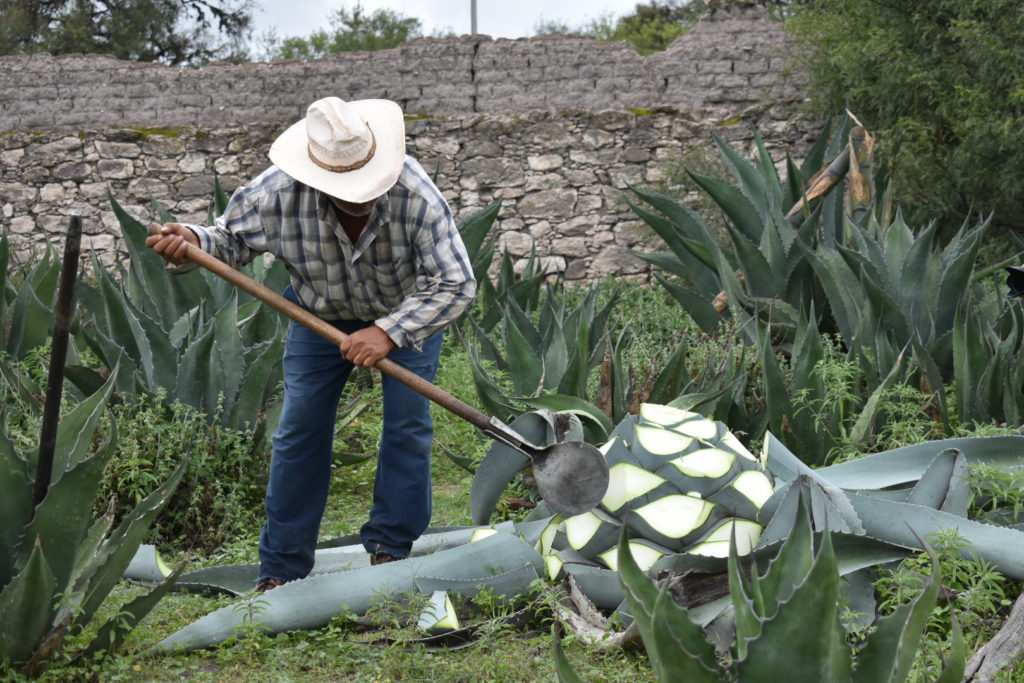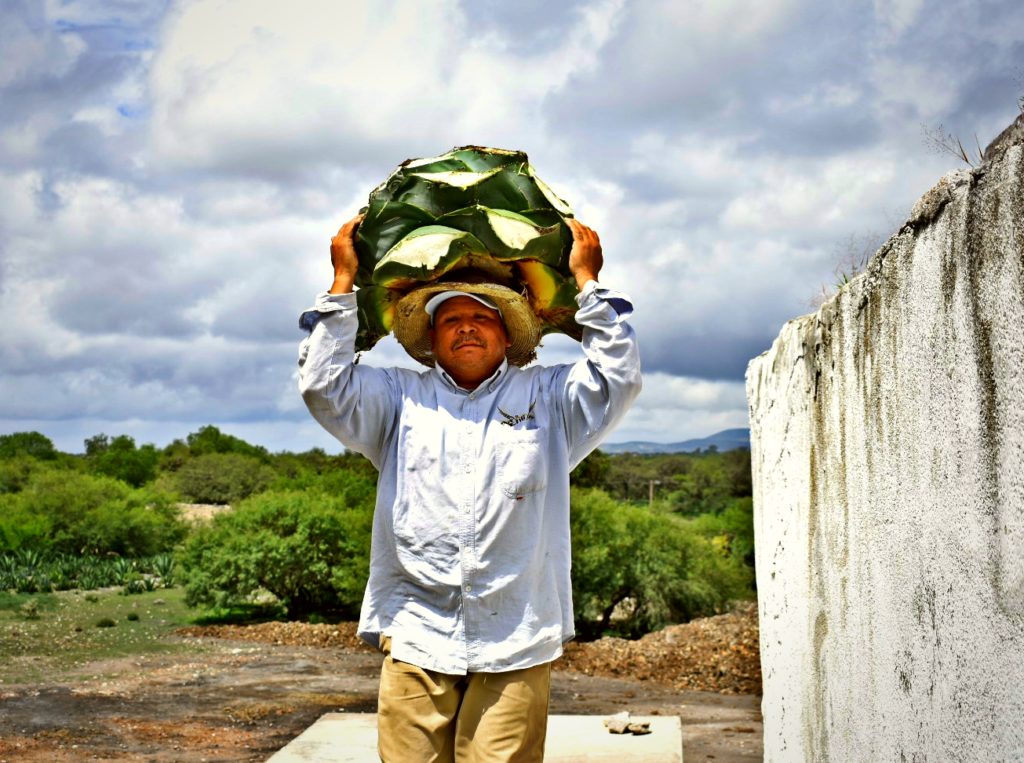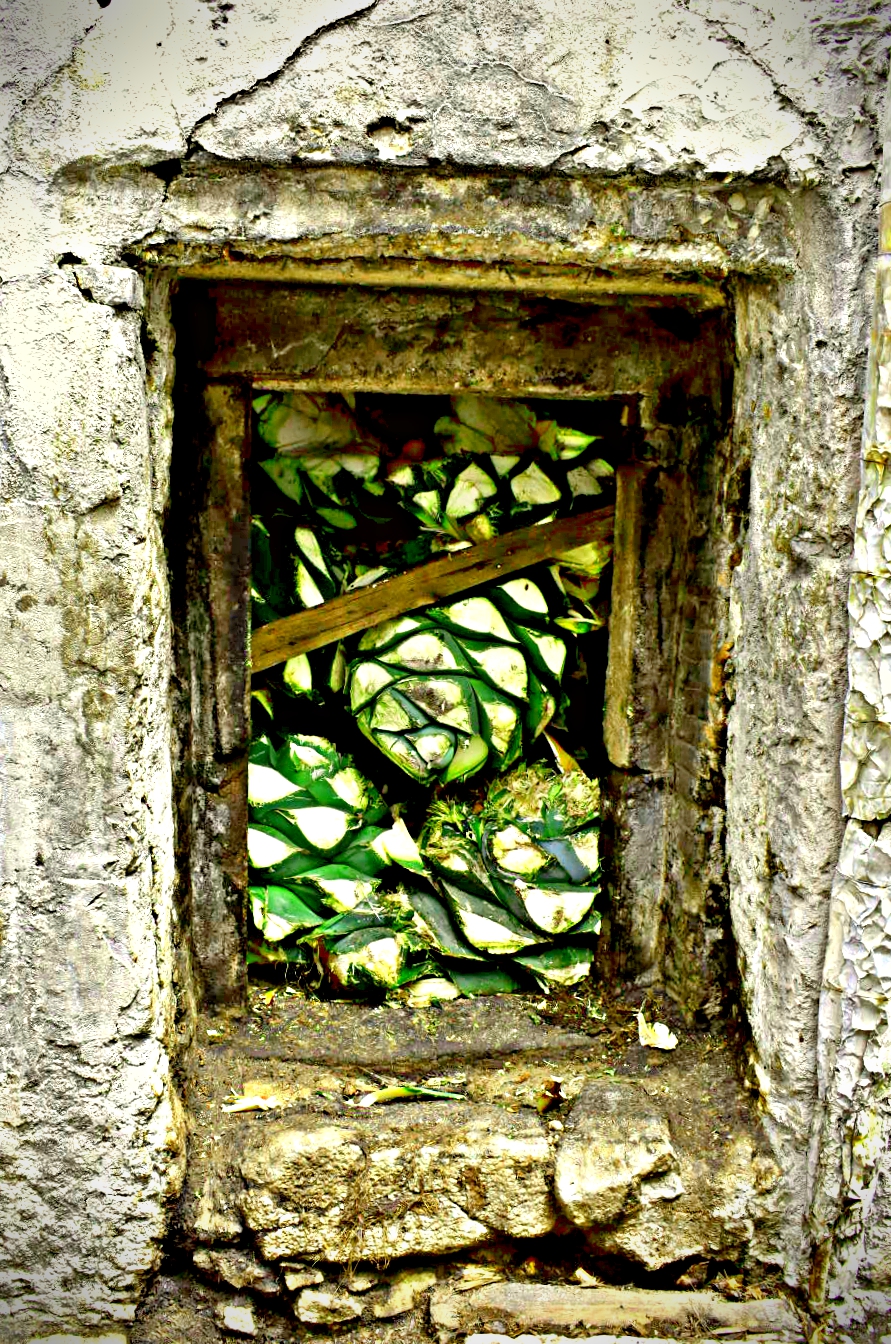
Every drop of mezcal has within it hundreds of years of history, tradition and myth. Mezcal is not just one of the most delicious beverages in Mexico and throughout world but also an elixir that has magic in every single bottle.
The word mezcal comes from the language of the Nahuatl – an ethnic group – “Metl” and “Ixcalli” which means “cooked maguey or agave”. These ethnic groups were the first ones to discover that the agaves or magueyes were able to produce a beverage that couldn ́t be found in any other fruit or plant. However, it was until the arrival of the Spanish conquerors that the mezcal was distilled, giving birth to the processes and flavors that we can enjoy today.
Mexico has more than 40 different types of agaves from which the mezcal is made from. These agaves are found in most of the Mexican territory but Oaxaca has the largest concentration of them with eight different types. Although agaves are found almost everywhere in Mexico, just nine states can produce mezcal: Oaxaca, San Luis Potosí, Durango, Zacatecas, Michoacán, Guerrero, Guanajuato, Puebla and Tamaulipas. Any beverage distilled from agave that is not produced within these nine states, cannot be named mezcal , that’s why you can find bacanora in Sonora, sotol in Chihuahua and Coahuila and “destilados de agave” in different states. The same story applies to tequila, which can only be produced mainly in Jalisco.
Every single region has its own unique process to produce mezcal but there are common major steps that take place to create the final product.
Located in the town of Charcas, San Luis Potosí, the Mezcalería Laguna Seca has been following the same process for decades, creating a typical and renowned mezcal Potosino.
First, a group of workers called rejadores or jimadores go out to the open field to find the agaves that are ready to be cut down. Only Salmiana Agave is used in Laguna Seca, as this agave only grows in San Luis Potosí and some regions of Zacatecas and Guanajuato. An agave, in average, takes from eight to fifteen years to be “mature” and ready to be transformed into mezcal depending on the species and the conditions of the soil, altitude, climate, among other factors. After completing the amount of kilos needed for production, all the piñas – the name the agaves receive after being cut as they resemble a pineapple – are transported to the mezcal factory. Weighing more than 100 kilos apiece, chopping down the agave and transporting it to the factory is no easy task.

After arriving to the factory, the agaves are placed into special ovens, which can vary from region to region. In Laguna Seca the ovens are made from stone in conic shapes. These ovens can cook more than one thousand kilos of agave at once, taking about 36 hours to complete the whole cooking process. For the Laguna Seca mezcal all agaves are cooked with vapor but, if requested for a special production, they can be cooked with wood just like the mezcal from Oaxaca, leaving a rich and unique smoky flavor.
The agaves are then taken to the molienda where they will be crushed by a huge stone called tahona in order to get all the juice out. In the past, these stones were pulled by oxen but recently producers have switched to tractors and motor vehicles.
All the juice is collected into stone piles located in a special room designed completely for the fermentation process. This room has its own climate maintaining a constant temperature all year long. This is especially important because the microorganisms related to this fermentation process need special conditions to complete their task: transforming sugar into alcohol.
After some four or five days of fermentation, the juice is ready to be distilled and transformed into mezcal. All the fermented juice is placed inside a copper distiller which separates alcohol, water and all other components. This is where the true magic happens and then, after this centuries-old process, the mezcal is ready to be bottled.

The Mezcalería Laguna Seca is one of the oldest and most famous mezcal factories in Mexico. The Carmelite order built the factory more than 300 years ago and the process has essentially stayed the same, maintaining both its roots and the Laguna Seca special flavor. Tours are available to the factory and guided visits to see and learn about the process are a must, as the factory is located only 90 minutes away from San Luis Potosí.
Thinking of buying some mezcal? We’re sure you’ll be delighted by its delicate flavors and historic origins, just remember to take into account some tips:
- Region where the mezcal was made as every region has its own particular taste.
- Alcoholic content: many mezcales come with quite a high percentage of alcohol, so try a one with low percentage first; 36° to 40° of alcoholic content should be okay for a beginner.
- The type of agave should be clearly stated in the bottle as every kind has it own special and unique flavor.
- As with most spirits and distilled beverages, a high price doesn’t mean good mezcal. Get yourself a medium range mezcal and start from there before buying an expensive one.
- Be sure to buy your bottle in a good liquor store or restaurant: unfortunately there are some people that sell bad quality mezcal, which will cause a really bad hangover the next day.
There’s a popular saying: mezcal doesn’t get you drunk, it gets you magical; so get onboard, try some mezcal and enjoy some of the most magical, historic and unique drinks in the world. Salud!
Article written by:
Guillermo Galarza Montiel
Master Mezcalier
Owner at Mezcalería Casa Epitafio






